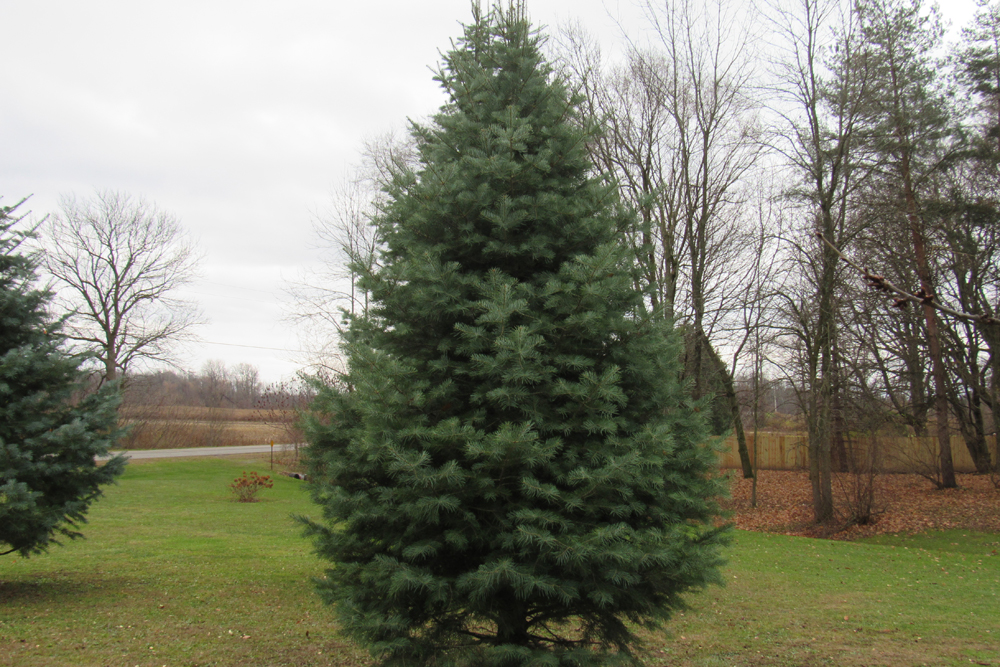Tomato growing tips

The growing season is in full swing, and if you are like most gardeners, you will be growing some tomatoes this year. Tomatoes are the most popular homegrown vegetable, and they love lots of heat and sun. Despite their popularity, tomatoes can be challenging. Here are this year’s tips for growing tomatoes, whether you have grown them for decades or just a few days.
According to Cornell University, tomatoes like a neutral to slightly acidic soil in the 6.0-6.8 range. Check with your local Cooperative Extension regarding soil testing. Once you know your soil pH, you can add the recommended amount of elemental sulfur to lower the pH or the recommended amount of ground agricultural lime to raise the soil pH.
Be careful not to use too much nitrogen fertilizer as plants will put their energy into bushy, leafy foliage growth and be slow to bear fruit. When the first fruits begin to enlarge, you can apply fertilizer along the row of plants in a six-inch wide band, scratching it into the surface of the soil.
The University of Minnesota Extension says to consider improving your soil by adding composted manure or other compost in the fall or the spring before you plant. If your soil has been improved by adding compost, you may not need to apply fertilizer. Black plastic mulch can help increase soil temperature, keep the soil moist, and protect plant roots.
If you are buying transplants, pick ones that are sturdy and up to one foot tall. The stems should be at least the diameter of a pencil, and leaves should be closely spaced up the stem. Avoid plants with leaf spots, as they likely are diseased.
Be mindful of where you plant. Rotate tomatoes from year to year, picking a spot where tomatoes, potatoes, peppers, or eggplants have not grown for the past several years. Rotation and sanitation are very important for growing tomatoes. Be sure to wait until after all danger of frost has passed and the soil is warm. The best time to transplant is later in the day on a cool, cloudy, and calm day. Water the tomatoes before transplanting and install supports – stakes, cages, trellises, etc., when you plant.
Dig a hole large enough for the root ball, and be sure to firm the soil around the roots. Water plants again after transplanting. You can plant tomatoes so that some of the stem is below the soil line, as roots will grow from the buried part of the stem.
Keep soil moisture consistent throughout the growing season to produce the best quality fruit. Blossom-end rot can result when soil moisture levels fluctuate. Soak the soil thoroughly when watering, and do not get the leaves wet, as wet leaves are more disease prone. Soil splashed up onto the leaves can contain disease spores. Again, this is a good reason to mulch tomatoes to prevent rain from spreading disease. Tomatoes should receive one inch of rainfall or irrigation each week.
Tomato plants should be weeded. Mulch also helps with this chore by suppressing weeds. Use herbicide-free grass clippings, straw, or other organic material to a depth of three to four inches, or use plastic mulch, as stated earlier.
Understand that there will likely always be some level of disease and/or insect problems with your tomatoes. You can still have a decent harvest despite some of these issues. Early and late blight, septoria leaf spot, viruses, and bacterial spot can be prevented through cultural practices. Give plants room between each other for air circulation; choose a sunny location; prune off tiny new stems and leaves between branches and the main stem; practice rotation; water at the base; use mulch and look for disease-resistant varieties when you purchase plants or seed.





